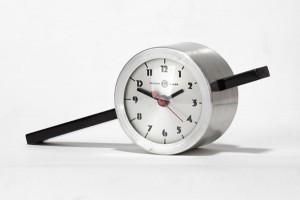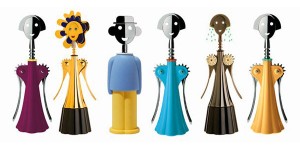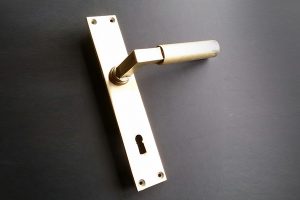Marcel Breuer – the architect who shifted the Bauhaus focus away from Arts and Crafts towards the more modern movement of Arts and Technology
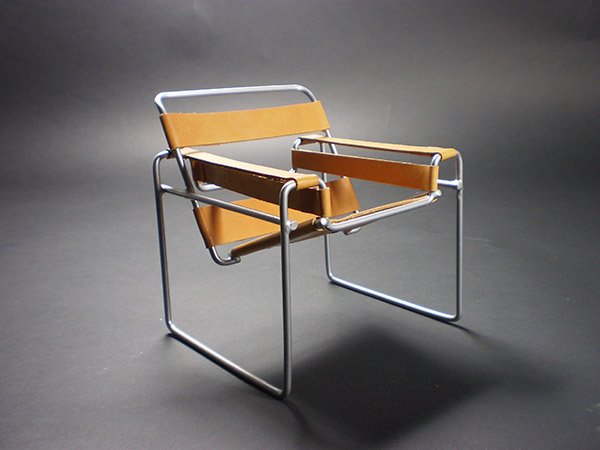
The Wassily Chair by Marcel Breuer.
Originally know as Chair Model B3, Club Chair
Nickel Plated Seamless Steel Tubing and Sprung Canvas
Marcel Breuer’s career and reputation
Marcel Breuer was born in Pécs, Hungary in 1902 and passed away in New York USA in 1981. Breuer graduated from The Bauhaus in 1924. The name Bauhaus literally translates to ‘house of construction’ but was understood as meaning ‘School of Building’.
Breuer taught at the Bauhaus in Dessau until 1928 and practiced architecture in Berlin for three years afterwards. After working for one year in London with F. R. S. Yorke, Breuer emigrated to the United States where he worked as an associate professor at Harvard and maintained a working arrangement with Walter Gropius, Gropius was the original founder of Bauhaus school. Breuer operated an architectural practice in New York from 1946 until he retired in 1976.
Breuer’s buildings and furniture designs were always distinguished by a great attention to detail, a simplicity and a clarity of expression. Considered one of the last true functionalist architects, which is the simple principle that architects and designers should design a building or product based solely on the purpose of that building or the use of that product Breuer is credited with shifting bias of the Bauhaus from an Arts and Crafts movement to the more modern Arts and Technology, movement. Breuer’s design philosophy is still very current today and many pieces of modern, tubular steel furniture in use today can trace their origins back to the Breuer design experiments of 1920’s.
The Wassily Chair, the first steel tubing chair
The Wassily Chair, was originally known as the Model B3 chair, was a club chair designed by Marcel Breuer, aged only 24, in 1925-1926 while he was the head of the cabinet-making and joinery workshop at the Bauhaus, in Dessau, Germany. The Model B3 was a cutting-edge design that used the simplest and most modern materials available at the time. It was the first chair to be produced using steel tubing. The name Wassily was more or less a marketing ploy used by a manufacturer in the in 1950’s due to the fact that Breuer had producer a Model B3 Club Chair for his friend the artist, Wassily Kandinsky when he took a liking to the original prototype.
Seamless steel tubing had been perfected in Germany during the 1920’s, mainly for ammunition production, large bore artillery shells in particular. Before seamless steel tube was perfected, the tubing that was available has a welded joint or a seam. This joint made the tube difficult to bend. Bending would cause the tubing to fail and the tube seam would collapse.
Like many of his contemporary designers Breuer want to to reduce his design to the simplest form possible. His intention with the Model B3 chair was to make the chair transparent in construction. He wanted to design a product that had form and mass but using the minimum of material. This was more than an aesthetic idea, Breuer wanted his
furniture to be reasonably priced, very high quality, hygienic and available to ordinary people. I think Breuer would have loved Ikea’s sale strategy.
It is said that the idea for the Model B3 chair came to Breuer when he owned an Adler bicycle. Adler by the way is German for ‘Eagle’. Bicycles in the mid 1920’s had been one of the first massed produced objects made utilising the new seamless steel and stainless steel tube. It is sad that Breuer made his Model B3 chair from the same seamless steel tubing as his bicycle handle bars. The only tubing available to him was this type which was 20mm so it is said that is what he decided to use for his chair. These steel chairs were always intended to be mass produced however they ended up being made inn relatively small numbers in small work shops and factories.
In 1927 Breuer wrote: ‘Two years ago when I saw the finished version of my first steel club armchair, I thought that this out of all my work would bring me the most criticism, it is my most extreme work both in its outward appearance and in the use of materials; it is the least artistic, the most logical, the least ‘cosy’ and the most mechanical.’
The chair was originally offered both as a folding and non folding chair in its original form. Black and white fabric was also available, as well as a popular wire-mesh fabric version. I have not found much information on the mesh fabric examples. Later examples use leather. I have sat in leather versions and canvas versions and in my opinion I find the spring tensioned canvas more comfortable.
The Model B3 chair, like many other designs of the modernist movement, has been produced since the late 1920s, and continuously in production since the 1950s.

Marcel Breuer
The Cesca Chair, another design classic
The chair was in fact an experiment in Breuer’s quest to develop a steel tube cantilever chair, it lead directly to his other design classic the Cesca Chair designed in 1929, also meant to be transparent. The chair was named after his daughter Francesca. I personally much prefer the Model B3. Both of Breuer’s chairs are still in production today and to finish with a cliché they are both ‘design classics’.
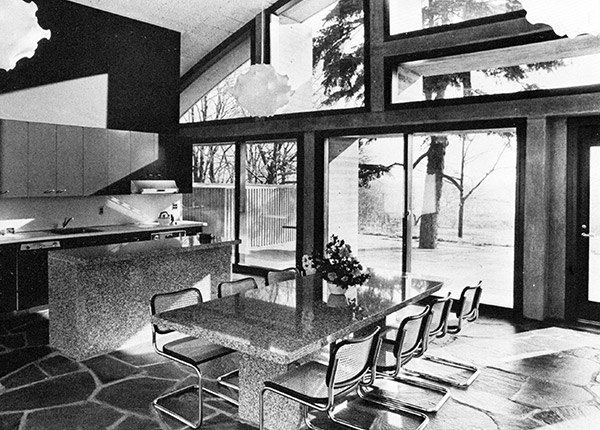
The Cesca Chair, Geller House II, Lawrence, Long Island 1967 – 1969

